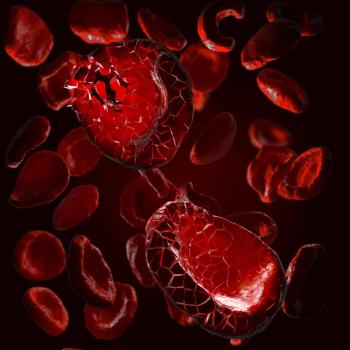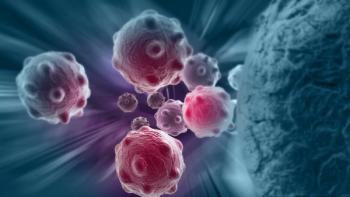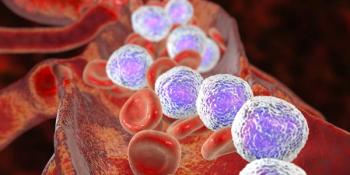
Cross-Priming by CD40xTAA Bispecific Antibodies “Results in Superior Antitumor Response”

Eleanor Mayfield, ELS, reviews the role of bispecific antibodies in hematologic malignancies.
Swedish researchers have published what they say is the first in vivo data that support “a role for tumor-associated antigen (TAA)–mediated uptake and cross-presentation of tumor antigens to enhance tumor-specific T-cell priming using CD40×TAA bispecific antibodies.”
The study is the first to demonstrate that “the enhanced cross-priming obtained with CD40×TAA bsAbs translates into antitumor effect in vivo that is superior to CD40 mono-targeting compounds, without inducing signs of systemic immune activation,” write Peter Ellmark of Alligator Biosciences and Lund University and colleagues in a paper
The research team obtained similar results using a CD40xTAA bsAb in a colon cancer model, which they say indicates that their concept, dubbed Neo-X-Prime, “can be applied across a variety of appropriately expressed TAA targets.”
“Bispecific Neo-X-Prime antibodies targeting CD40 and TAA represent a promising novel treatment modality with the potential to meet key needs in immuno-oncology by expanding and activating tumor-specific T cells as well as potentially remodeling the [tumor microenvironment] to facilitate more efficient treatment of patients with cancer,” the authors conclude.
References
Hägerbrand K, Varas L, Deronic A, et al. Bispecific antibodies targeting CD40 and tumor-associated antigens promote cross-priming of T cells resulting in an antitumor response superior to monospecific antibodies. J Immunother Cancer. 2022;10(11):e005018. doi:10.1136/jitc-2022-005018
Newsletter
Stay up to date on recent advances in the multidisciplinary approach to cancer.


















































































